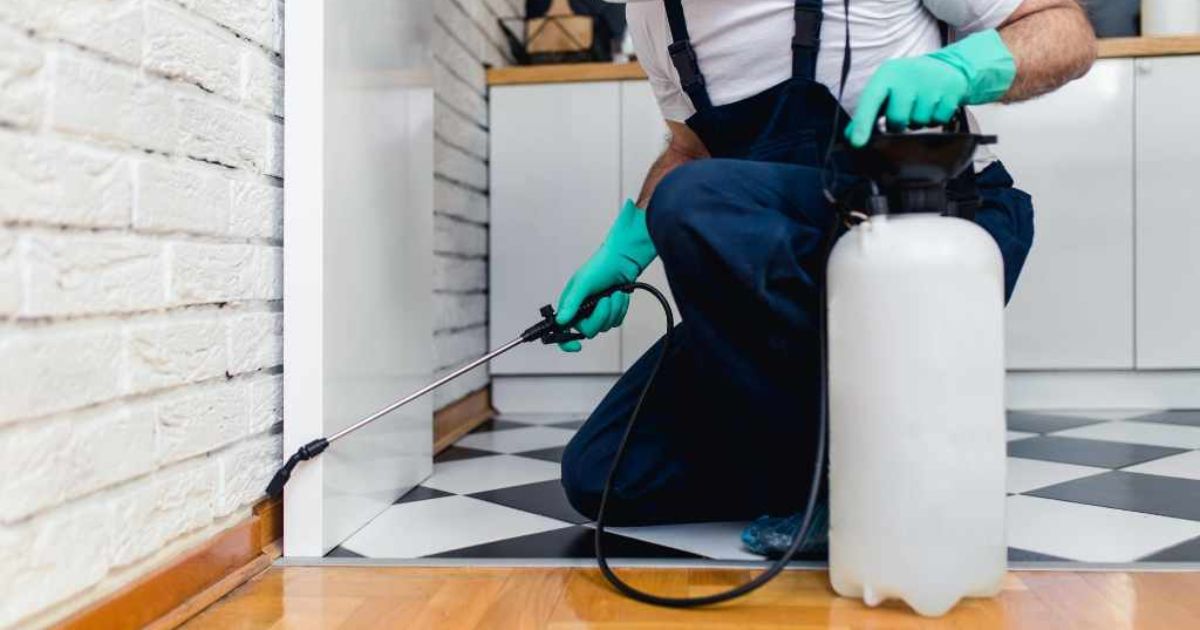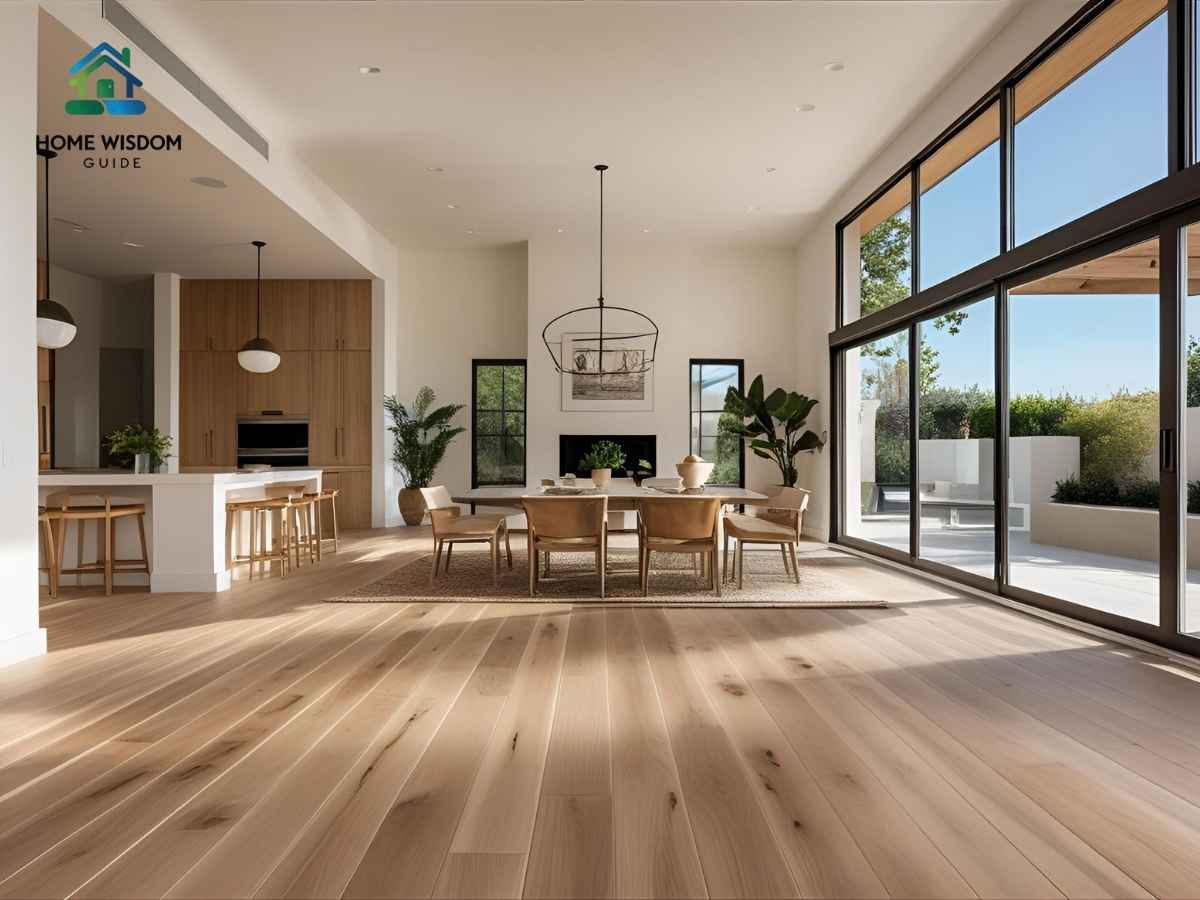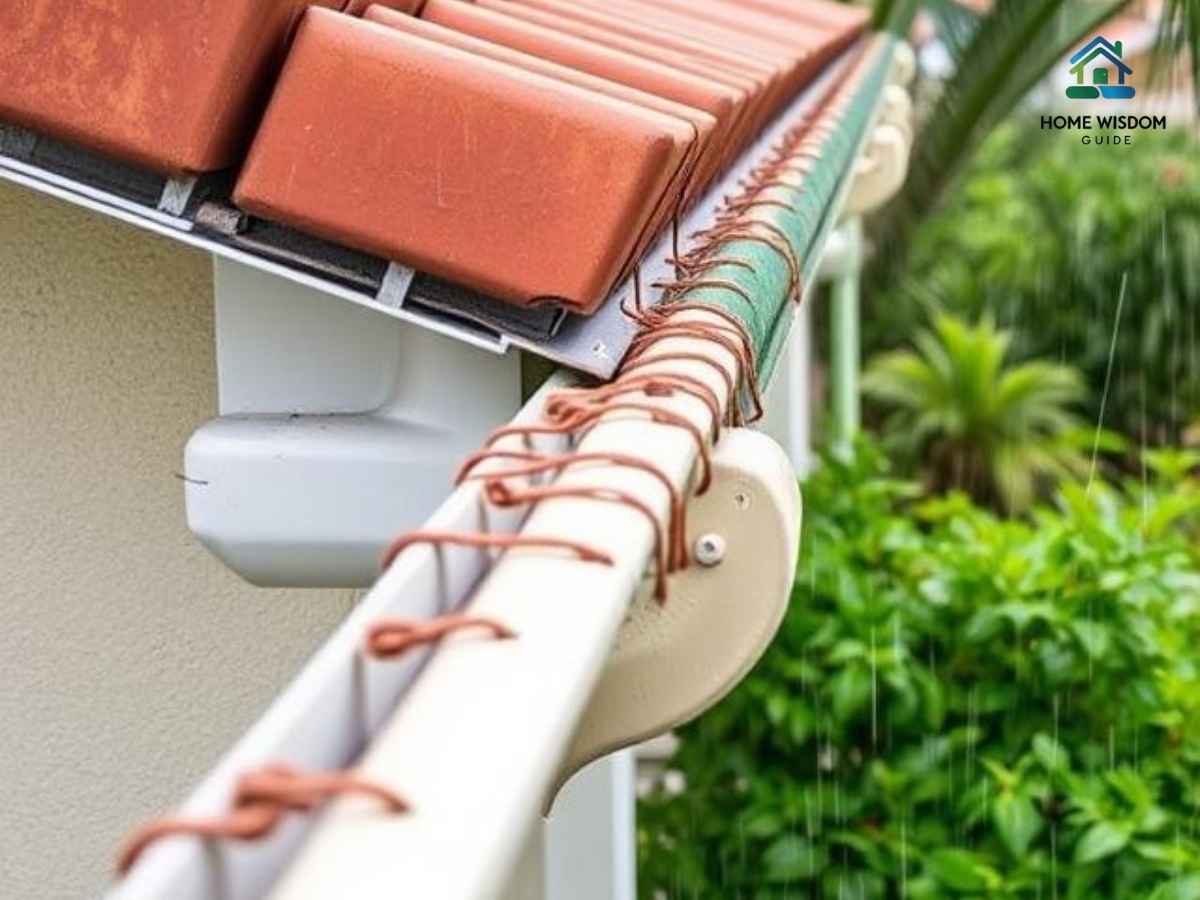In Los Angeles, where the earth beneath us is always shifting, the safety of older homes—especially those built decades ago in neighborhoods like Fresno—is a top priority. Imagine waking up in the quiet suburb of Fresno (Zip Code 93701), enjoying your morning coffee, and knowing that your historic home stands strong against the unpredictable force of earthquakes. This is the peace of mind that seismic retrofitting can bring to Angelenos living in older residences, especially in areas where the risk is palpable and the stakes are high.
Los Angeles is infamous for its seismic activity. As a local expert deeply familiar with the city’s terrain, regulations, and challenges, I’m here to walk you through everything you need to know about seismic retrofitting for old Fresno homes—not only for peace of mind but also to protect your investment and your family.
Table of Contents
Why Seismic Retrofitting is Vital in Los Angeles for Fresno Homes
Los Angeles sits atop complex fault lines, most notably the San Andreas Fault, making it a hotspot for potential earthquakes. The 1994 Northridge earthquake remains etched in the memory of Angelenos, highlighting the vulnerability of older homes, particularly those built before modern earthquake-resistant building codes were implemented in the 1970s. Fresno homes from earlier decades often include wood-frame construction, soft-story designs (where the ground floor has large openings like garages or shops), or non-ductile concrete structures that are disproportionately vulnerable.
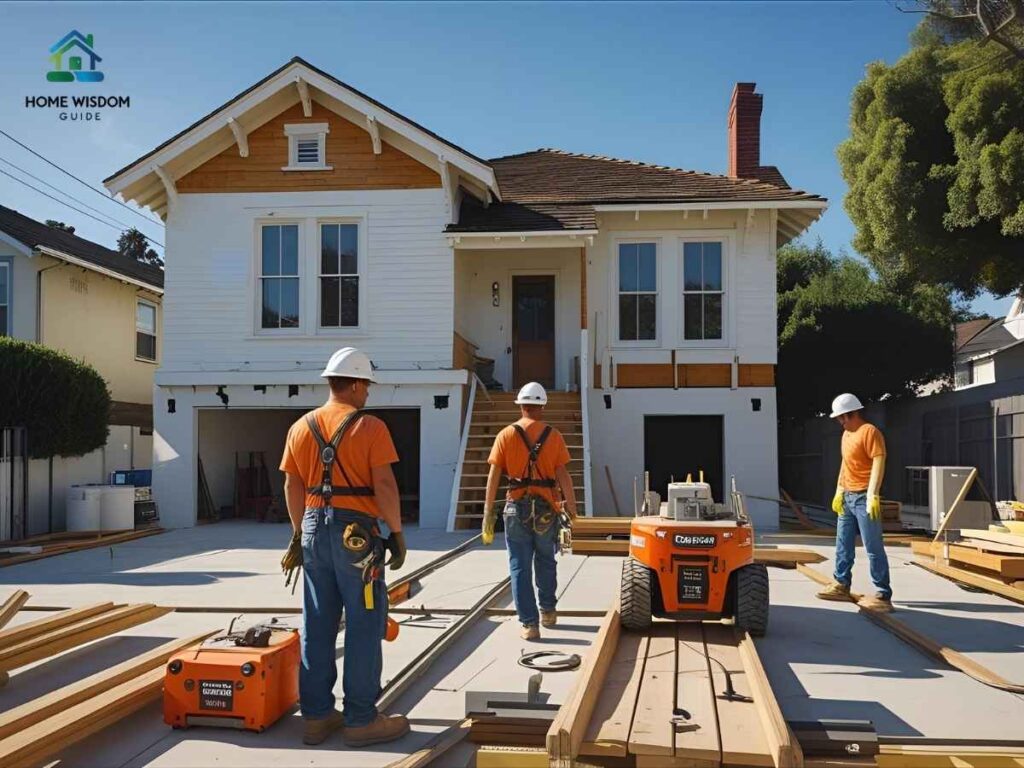
The local climate and soil conditions also amplify risks, with some low-lying Fresno areas facing soft, alluvial soil that tends to amplify seismic waves. The City of Los Angeles has recognized these hazards, mandating seismic retrofit programs aimed at reducing loss of life and property damage. The rules and resources now available help homeowners strengthen their homes proactively.
Seismic Retrofitting Solutions Tailored for Fresno Neighborhoods
Seismic retrofitting involves reinforcing a home’s structure to withstand earthquake damage. Common retrofits include bolting the house to its foundation, adding steel frames or shear walls, and reinforcing cripple walls or soft-story elements that could collapse.
In Fresno, several neighborhood-specific challenges arise:
- Historic Downtown Fresno (ZIP 93650): Many old Victorian and Craftsman homes show classic wood-frame soft-story vulnerabilities. Retrofitting here usually involves steel braces and foundation bolting.
- West Fresno (ZIP 93706): This predominantly residential area with bungalow-style homes often requires foundation leveling and crawl space retrofits alongside traditional strengthening.
- Fresno’s Highlands Area (ZIP 93710): Here, hillside homes built on slopes face both seismic shaking and soil movement risks. Anchored-bracing systems are commonly used to stop separation from uphill footings.
Real Angeleno Case Studies: Seismic Retrofitting Success Stories
Case 1: Soft-Story Retrofit in Echo Park
Joan, a longtime resident of Echo Park’s Historic District, had a charming 1920s two-story bungalow with a garage below the living space—a classic soft-story setup. After a seismic inspection, she learned that her home was at high risk in a major quake. She collaborated with a local retrofit company that installed steel moment frames around the garage and bolted her home securely to the foundation. Today, Joan enjoys peace of mind, knowing her home is secured without sacrificing its vintage charm
Case 2: Hillside Home Safety in Studio City
Michael owns a hillside property in Studio City, where slopes and shifting earth pose unique hazards beyond typical shaking. After consulting with seismic engineers, they installed a retrofit anchored-bracing system that prevents her home’s lower level from separating during a quake. This retrofit was designed in compliance with Los Angeles Hillside Building Codes and proved invaluable during recent tremors
Case 3: Foundation and Cripple Wall Strengthening in Highland Park
Rosa’s early 1900s home in Highland Park had a crawl space with cripple walls that lacked proper bracing, making it prone to collapse. She chose a retrofit plan that included plywood shear walls and foundation bolting designed specifically for her wood-framed house. The construction was completed swiftly with minimal disruption, and her home now exceeds current seismic safety requirements.
Top 3 Local Seismic Retrofitting Service Providers in Los Angeles
- Golden Retrofit & Foundation Repair
Serving Los Angeles and surrounding areas including Santa Monica and Pasadena, Golden Retrofit specializes in comprehensive earthquake retrofitting and foundation repair tailored for older homes. With highly trained staff and free assessments, they guide homeowners from inspection through construction. Visit their site for scheduling a free consultation.
Website: goldenretrofit.com - Optimum Seismic
With nearly 40 years of Southern California experience, Optimum Seismic offers full-service seismic retrofit solutions including steel fabrication, engineering, and installation. Based in LA, they are known for customized and cost-effective retrofits focusing on both safety and preservation.
Website: optimumseismic.com - The Foundation Works
A trusted name for over 20 years in Los Angeles, The Foundation Works excels in soft-story and foundation retrofits. Their tenant-focused approach minimizes disruption and keeps compliance efficient for residential properties across Los Angeles neighborhoods like Koreatown and Echo Park.
Website: thefoundationworks.com
Useful Local Tools and Resources for Seismic Retrofitting
- Los Angeles Department of Building and Safety (LADBS) Soft-Story Retrofit Program — Offers detailed guidelines, compliance deadlines, and permits essential for retrofit projects in LA.
Link: ladbs.org - Los Angeles Department of Water & Power (LADWP) — Provides utility information and assistance relevant during construction or retrofit work.
Link: ladwp.com - LA Housing Department Seismic Retrofit Information — Details on laws, financial assistance, and tenant protections related to seismic upgrades.
Link: housing.lacity.gov
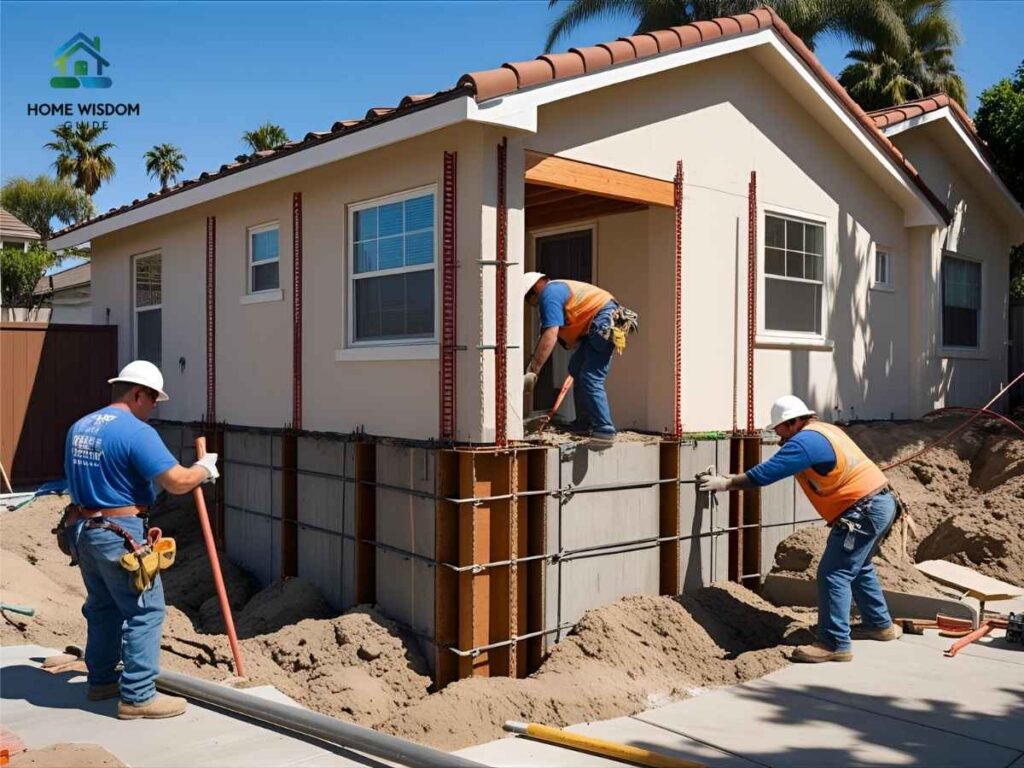
Why You Should Act Now: Protecting Your Fresno Home and Family
Seismic retrofitting is more than just a construction upgrade; it’s a crucial life safety measure that preserves your home’s integrity through the next big earthquake. With retrofitting, older Fresno homes stand a much better chance of surviving intense seismic activity without collapse or severe damage.
Moreover, the City of Los Angeles has mandated many retrofits by law for buildings vulnerable to seismic damage, particularly those with soft-story designs. Acting early means avoiding costly emergency repairs and ensuring your home meets local codes.
Common Questions Angelenos Ask About Seismic Retrofitting Fresno Homes
How do I know if my Fresno home needs a seismic retrofit?
If your home is built before 1978, has a wood-frame structure with a garage or open space below, or is a non-ductile concrete building, it likely needs a retrofit. LADBS notifications and professional inspections are the best ways to confirm.
Will I need to move out during the retrofit work?
In most cases, retrofitting can be done with little disruption, and residents can stay in their homes. However, larger projects or hillside retrofits may require temporary relocation for safety.
Are there financial assistance programs for seismic retrofitting in LA?
Yes, LA offers programs such as the Seismic Retrofit Cost Recovery Program that help offset costs. Local contractors often assist homeowners in navigating these incentives.
How long does the retrofitting process take?
Typically, the process—from inspection, design, permit acquisition, to construction—can take several months depending on the complexity but often ranges between 4 to 12 months.
Can I customize the retrofit design to preserve my home’s historic features?
Absolutely. Experienced retrofit engineers specialize in balancing seismic safety with preserving historic and aesthetic features.
